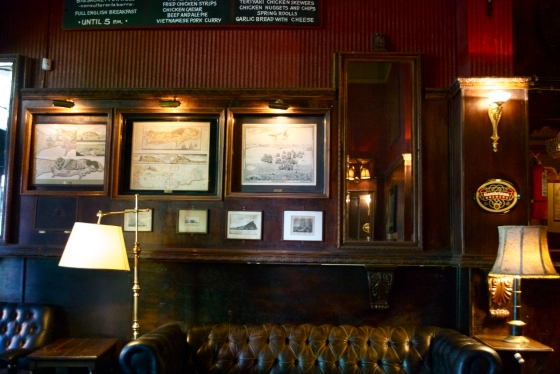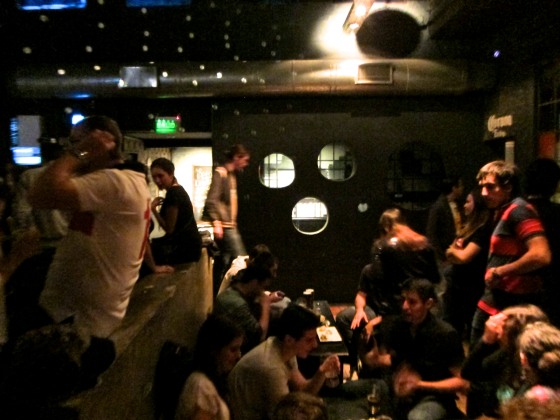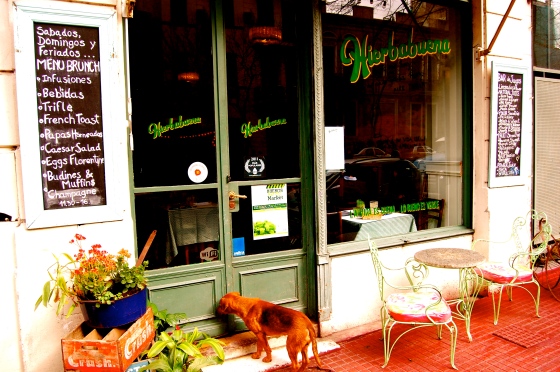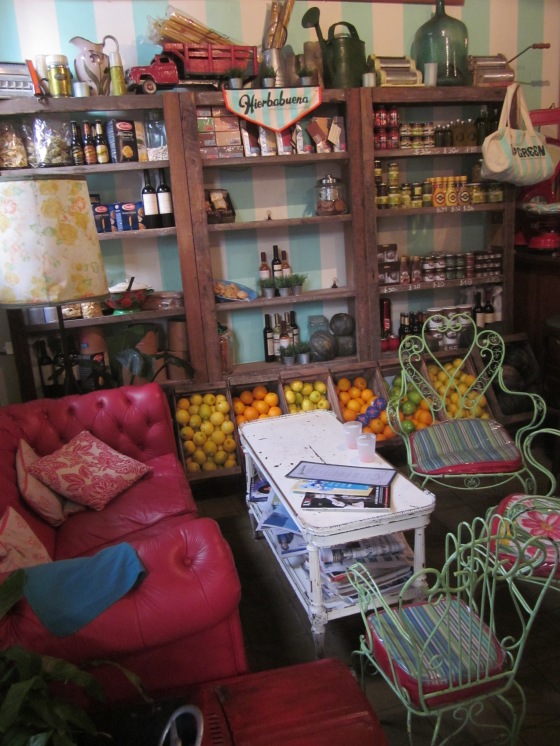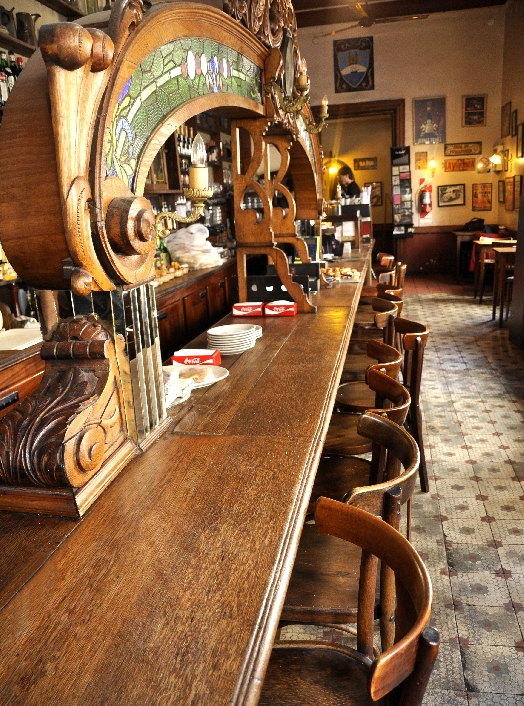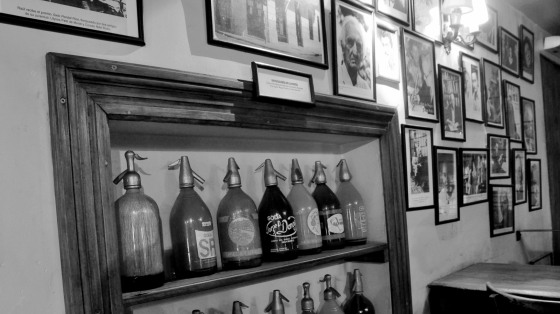Nonna Bianca
What? Ice cream parlour
Where? Estados Unidos 425 y Defensa
No website / Sun – Thurs: 9am – Midnight; Fri – Sat: 9am – 2am / Mapa interactivo
Briefly:
This ice cream parlour (heladería) is the best value in Buenos Aires. You can buy a ¼ kilo (un cuarto) of deliciousness for around half the price it would cost you in BA’s smugger spots (Persico and Freddo). They apparently have 80 flavours including, vitally, peanut butter (mantecol). Don’t expect warm and fuzzy customer service.
Less briefly:
Up on the wall are about four thousand different flavours, which makes choosing what to get a minor ordeal. I usually ask my friends what they’re thinking, agonise over what they tell me, then ignore it and get the same as always: dulce de leche con brownie, banana split, and mantecol. Sometimes, if needs must, I switch out the banana split with something healthy, like maracuyá (passion fruit).
They seem to create a new flavour every week and then keep it, regardless of whether people actually like it or not. If other companies acted like this, then we would still have Lamb and Mint Sauce, German Bratwurst Sausage, and Marmite-flavoured crisps.
Some of the original flavours are quite good, like ginger and orange; others are quite atrocious, like mate and cream – just because drinking mate is a national pastime, that does not mean you can eat it with cream, just like you can’t eat gin and tonic with cream in England, nor Bud Light with cream in the States.
Crumpled behind the till is Blanca Real, the owner of the heladería, who must be pushing into her eighties, and has reached that wonderfully enlightened stage of life when you stop caring for social etiquette. Some people start farting or swearing in public, others start being cantankerous just for the sake of it; Blanca ignores you, then continues to ignore you, then acts affronted when you try and buy ice cream. She reminds me of a more aloof version of Roz from Monsters Inc.
I spent many afternoons, sometimes with company, sat on the wooden picnic tables at the front, made of that light Patagonian Cypress that can either look wholesome and homely, or look fake, as if it were the building material of choice for Disneyworld. We would dip our little spoons into the polystyrene tubs of ice cream (actually gelato, for pedants) and make audible satisfied noises: “Mmmmm, Oooooorr, Ooooh, yeeeeah.”
Apart from the picnic tables at the front, the layout of Nonna Bianca is quite odd. There seems to be some kind of deserted internet café up a set of stairs, and under the stairs are rows of tables shrouded in gloom. I once saw a couple sitting in the gloom and assumed they must be watching porn together or sniffing snuff – the only possible explanations for sitting there.




